Please click on on the links to visit the other pages.
Our home for The Galapagos Islands part of the holiday was aboard M/Y Passion
As you can see, it was very luxurious. The food was delicious and the staff were great. There were 13 guests and 11 crew.
.jpg)
.jpg)
.jpg)
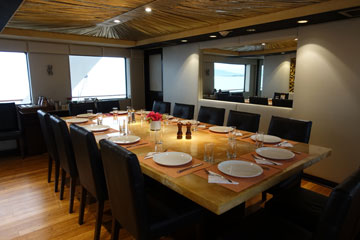
.jpg)
.jpg)
.jpg)
.jpg)
They eat an enormous amount of food!
.jpg)
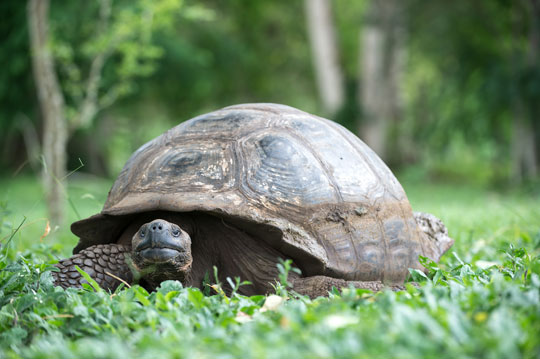
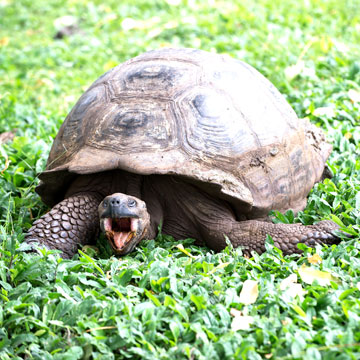
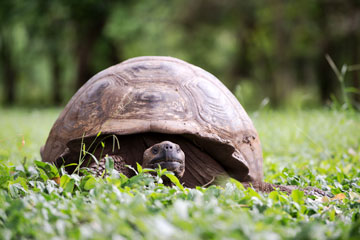
.jpg)
The one in the photo on the right was a tiny baby.
.jpg)
.jpg)
These were a bit older - 3 years or so.
.jpg)
.jpg)
These hybrids (part dome-back, part saddle-back) had been sterilised but will be released back into the wild as they are really important to the Prickly Pear population.
.jpg)
They eat the fruit and it takes so long for anything to go through their digestive system that the seeds end up being spread around.
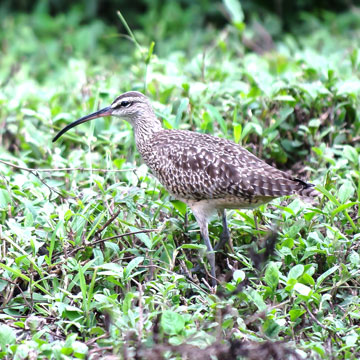
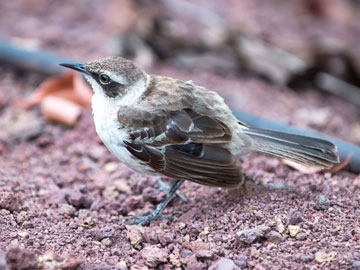
Jonathon took a few shots of birds along the way (with the right lens this time!)
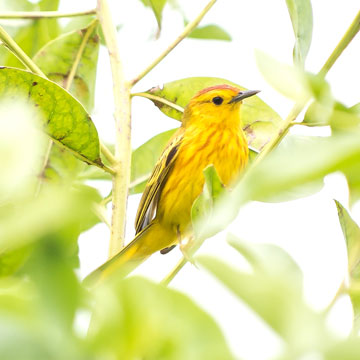
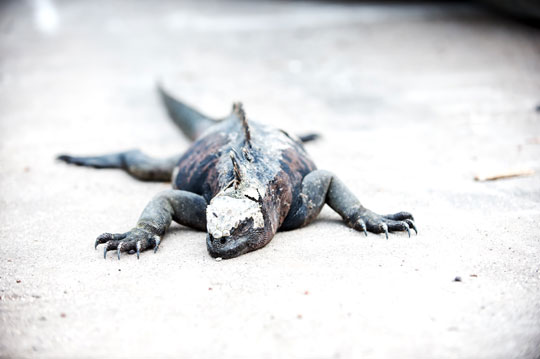
Just as we were leaving the centre, we came across a gathering of Marine Iguana - they looked very different from the Green Iguana we had seen in Guayaquil the day before.
We strolled back through the town and returned to the boat for a briefing on the following day's activities and dinner (I skipped dinner - you can only eat so much in a day!).
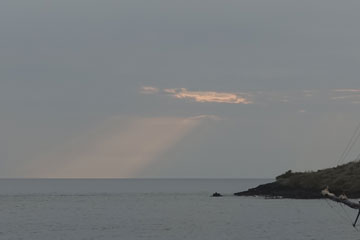
We woke up to be anchored off Floreana

.jpg)
.jpg)
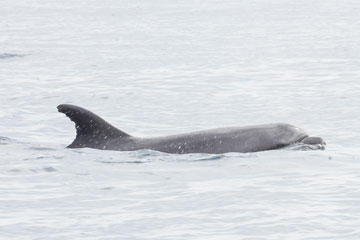
.jpg)
.jpg)
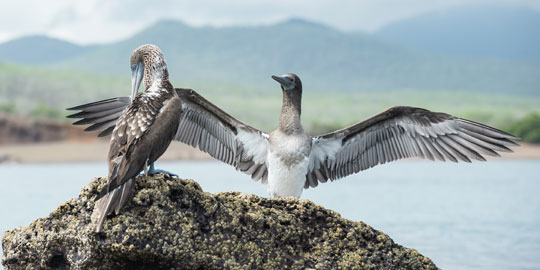
.jpg)
.jpg)
.jpg)
.jpg)
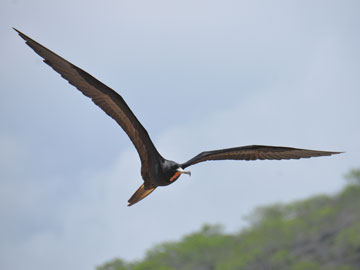
Not to be outdone, the Frigate Birds were circling (this one is a male) and, once we'd landed for our morning walk, we spotted a Lava Heron ...
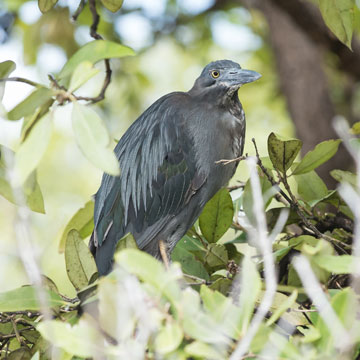
.jpg)
... but not before we'd seen this lovely Marine Iguana soaking up the sun
.jpg)
We walked along a trail to look for Flamingo and were lucky enough to find some! There were some spectacular views along the way ...
.jpg)
... and some smaller birds as well
.jpg)
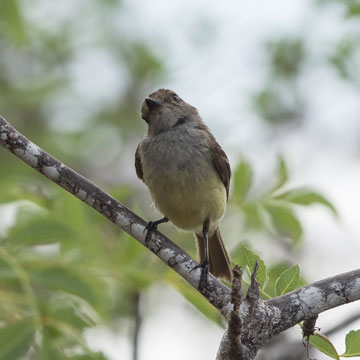
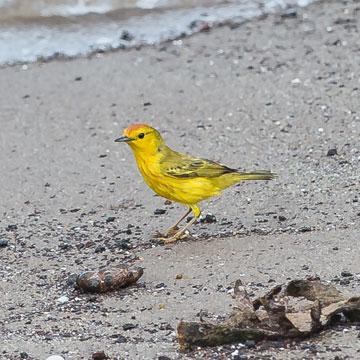
.jpg)
At the end of the trail was a beautiful, white, sandy beach
.jpg)
.jpg)
A Black-tipped Shark cruised by in the shallows and Brown Pelicans were soaring all around (whoever knew they were so pretty underneath)
.jpg)
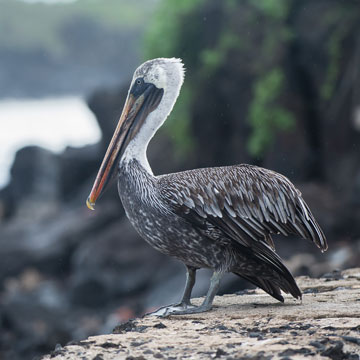

.jpg)
.jpg)
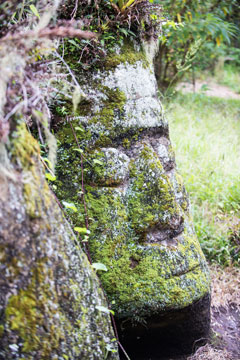
.jpg)

.jpg)
The views from the top were amazing
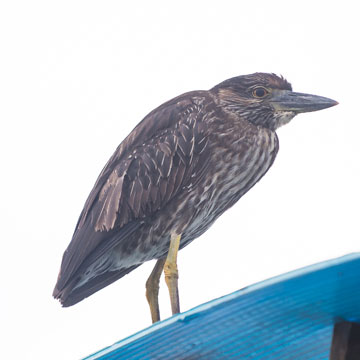
.jpg)
.jpg)
.jpg)
.jpg)
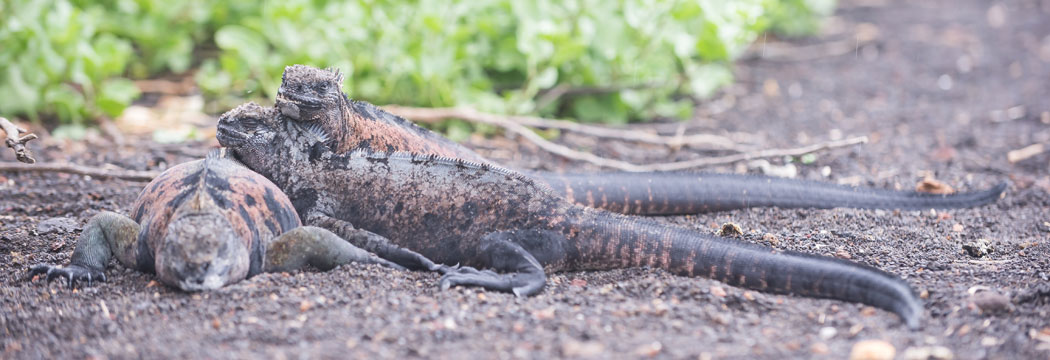
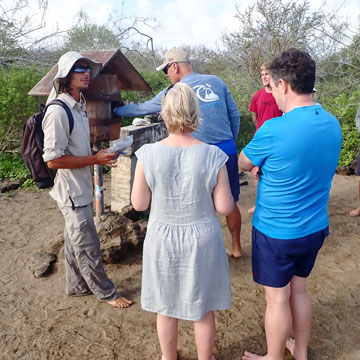
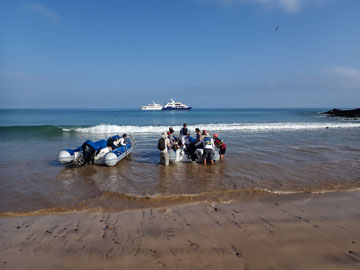
.jpg)
.jpg)
.jpg)
.jpg)
The main purpose of visiting this lovely beach was snorkelling but it was too rough for Jonathon and me so we stayed on the beach and had a nice walk around, admiring the colours and watching a friendly pelican.
.jpg)
.jpg)
.jpg)
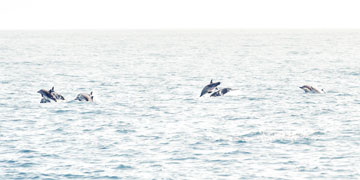
While we travelled to the next anchor point, we spotted a pod of Common Dolphin that were very happy playing in the surf.

.jpg)
The next morning we woke up to fog. A really early start as we were heading for a lava flow walk on Isabella and it gets too hot to be there mid-morning.
It was very hard walking but we were provided with sticks to help us along the way and Robert stopped to explain what was what at regular intervals.
.jpg)
.jpg)
.jpg)
There was some water up there - pools being fed by the sea. There were a few puffer fish and a turtle in this pool. There are also mangrove trees around and about that do a really good job of desalinating the water, even if it does mean they sacrifice a few leaves in a really clever way to get rid of the excess salt.
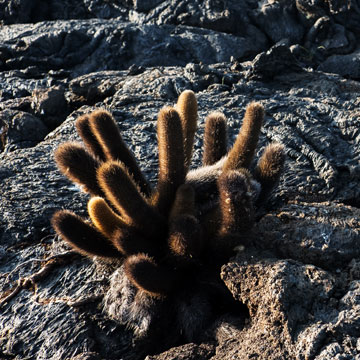
.jpg)
There were cacti around as well. The one on the left creates its own soil by dropping its "fingers" and allowing them to "compost" down into soil. Once it thinks it has enough it starts to grow wider and taller - so clever!
.jpg)

This was where the pangas picked us up - great fun walking down the rocks but we had a lot of help from Robert and Ricardo. We didn't envy the panga drivers having to negotiate their way through the rocks in the water.
.jpg)
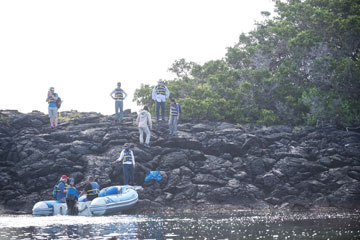
The next treat was a panga ride to see a whole load of wildlife, including this female frigate bird.
.jpg)
.jpg)
Galapagos Penguin and huge Marine Iguanas seemed quite happy side by side.
.jpg)
.jpg)
.jpg)
.jpg)
.jpg)
.jpg)
.jpg)
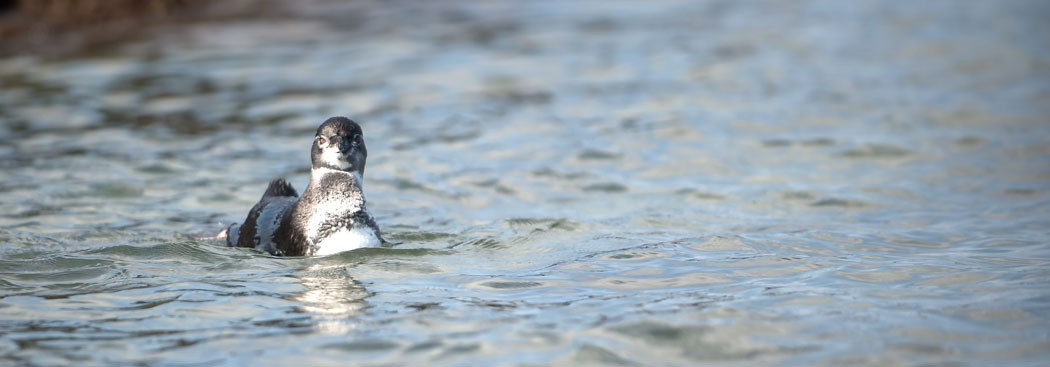
.jpg)
The main aim was to try and see the Galapagos Penguin (tick!) and the Flightless Cormorant (also tick - see right). As you can see, we saw a whole load of other animals and birds as well.
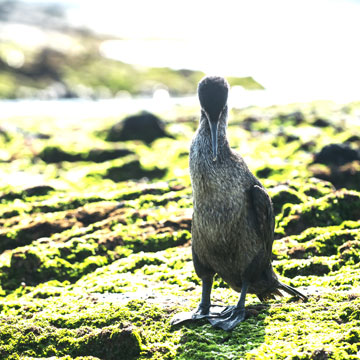
.jpg)
.jpg)
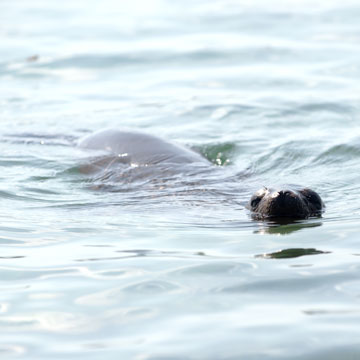
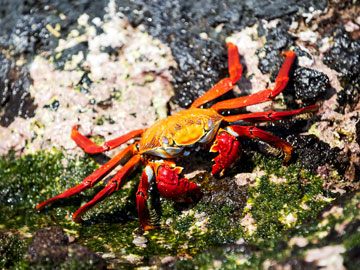
There were Sally Lightfoot crabs everywhere!
.jpg)
After yet another delicious lunch we went over to a beach on Isabella to look for Land Iguanas.
In the photo on the right there is a male and a female. The male wasn't keen on our presence at all so having nodded his head to tell us to go away he disappeared into his burrow, kicking soil at us as he went. As soon as we moved on he re-emerged.
.jpg)
.jpg)
.jpg)
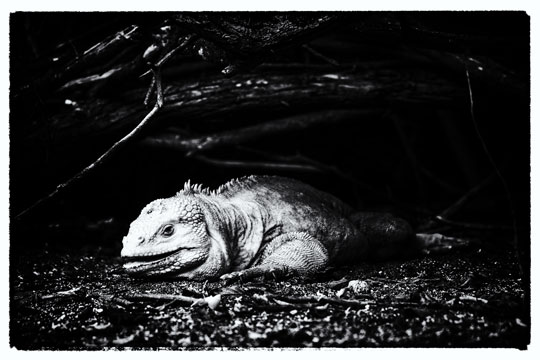
.jpg)
Jonathon decided to take his infra red camera with him on this walk - I still think the photos are really strange with all the green showing as white.
We saw a few Tortoises as well as we wandered around.
.jpg)
They were members of a very special, rescued species
.jpg)
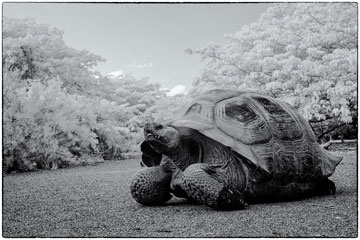
Robert doing yet more explaining!
.jpg)
.jpg)
This was part of the path we strolled along - very pretty.
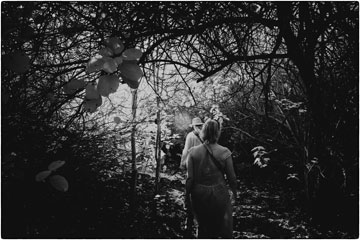
It wasn't as dark as this in real life.

There was plenty of bird-life around ...
.jpg)
... the male finches are black; the females, brown.
Back to the panga to return to the ship.
.jpg)
It was somewhat choppy but at least my inelegant entry into the panga gave the others on the beach a giggle!
The day dawned bright and clear and promised to be hot!
The ship in the photo is the Mary Anne - she used to have the same owner as M/Y Passion but had been sold on by the time of our holiday.
.jpg)
.jpg)
First trip of the morning was to enjoy the views of Darwin's Lake. A good uphill walk and when we got to the top we could also see volcanoes (and we found a couple of Lava Lizard).
.jpg)
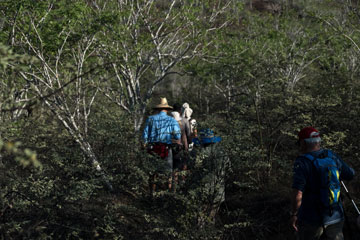
.jpg)
.jpg)
.jpg)
.jpg)

The only butterflies we'd seen were Sulphur Butterflies so perhaps a younger one of those?

Finally we were brave enough to venture into the water with our snorkelling gear (it was much calmer)

The water wasn't particularly clear (better near the edge) but there was still plenty to see

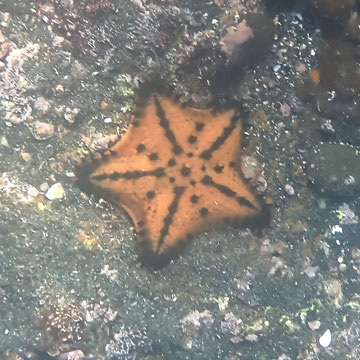
Chocolate Chip Starfish - what a great name!


The penguin didn't worry about humans.

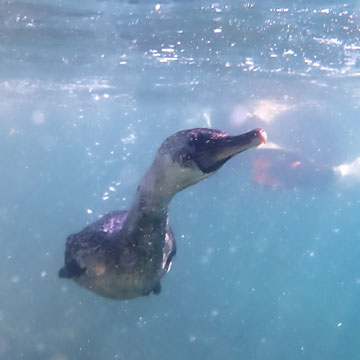

We didn't expect to get this close to a Flightless Cormorant (he walked along Jonathon as if he were a rock!). Apparently his claws were pretty sharp.
That afternoon found us in yet another island - Fernandina this time.
The focus of attention for this visit was Marine Iguanas and Galapagos Sea Lions - both of which we saw in abundance.
We were also lucky enough to see a couple of Galapagos Hawks (their favourite food is Iguana but we didn't see a kill).
.jpg)
.jpg)
.jpg)
Lunch time
.jpg)
.jpg)
.jpg)
.jpg)
.jpg)
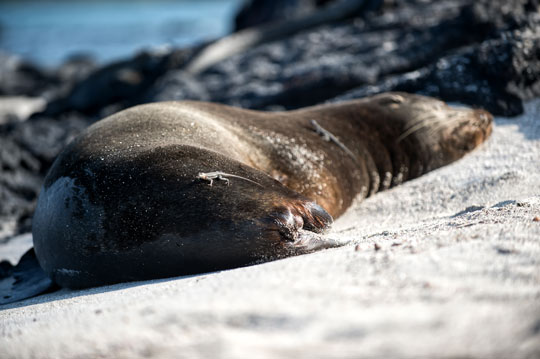
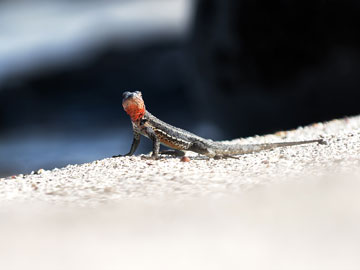
You can see a Lava Lizard on top of the big male Sea Lion - I don't think I'd get that close!
.jpg)
.jpg)
There were hundreds of Marine Iguana - all piled on top of each other. We had to be really careful where we walked to make sure we didn't stand on any tails.
.jpg)
.jpg)
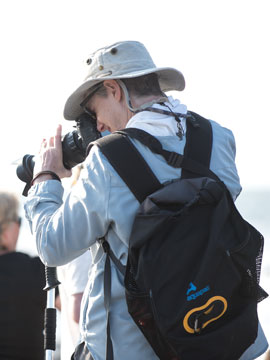
.jpg)
.jpg)
.jpg)
The Galapagos Hawk is the main predator in the islands, feasting on Iguana - you can see why it lives on Fernandina with so many Marine Iguana around.
.jpg)
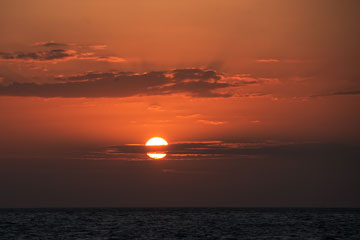
Another amazing sunset and time for bed while the boat travelled around the top of Isabella to our next stopping point off Isla Santiago.
.jpg)
.jpg)
The day dawned bright and clear and promised to be really hot. As usual, we set off quite early to avoid the worst of the heat and had a really great walk around Isla Santiago.
There were quite a few Sea Lions and Marine Iguana. There were also a few Land Iguana. The scientists had only just begun to re-introduce the Land Iguana to Santiago so it was good to see them.
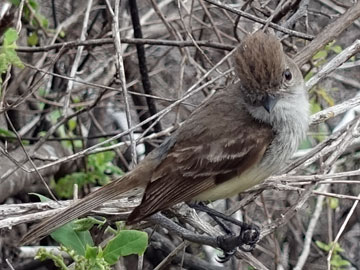
This lovely little Galapagos Flycatcher (with a friend or two) came to say hello - they were only inches away from us - clearly nobody has explained the 6 foot rule to them!
.jpg)
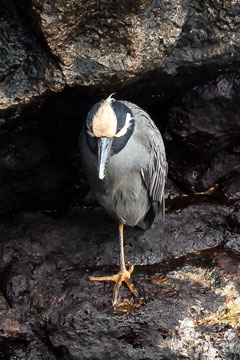
Yellow Capped Night Heron
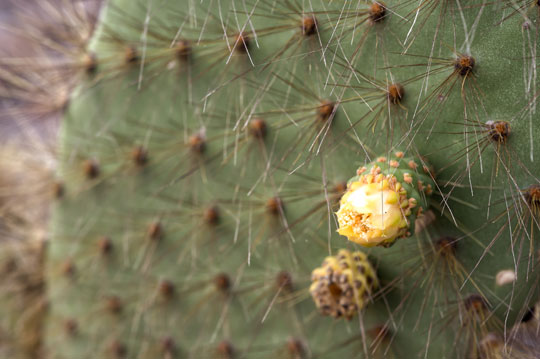
The Yellow Cordia (below) is used for all sorts of medicinal things.
We were surprised to see a pink flower because there is only one bee in the Galapagos - the Carpenter Bee - and it likes yellow and white flowers. Perhaps the birds polinate the pink ones?
.jpg)
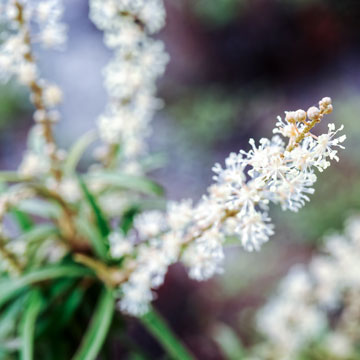
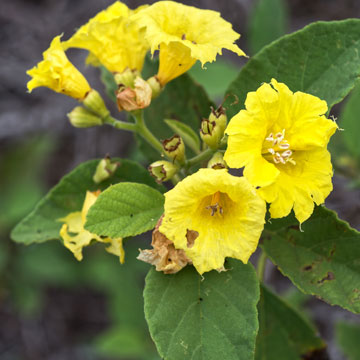
.jpg)
A Galapagos Fur Seal (really a sea lion rather than a seal) - they are nocturnal and curl up in the lava cracks during the day to sleep.
.jpg)
They have much bigger eyes than the Galapagos Sea Lion
.jpg)
.jpg)
Robert showing us a sloughed off skin from a Sally Lightfoot Crab - very impressive. He estimated that it had only been discarded that day as it was still soft.
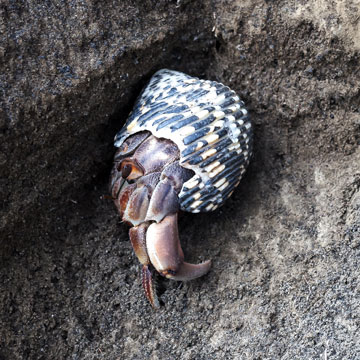
Hermit crab - a different kind of crab to those we'd seen earlier in the week.
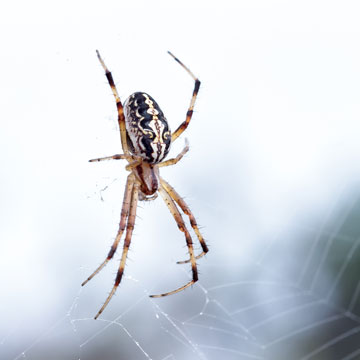
No idea what kind of spider this is but Robert assured us there are no poisonous spiders in the islands.
.jpg)
The star of the show for the visit was this gorgeous baby Sea Lion - so cute!
.jpg)
They were talking to each other a lot of the time and Mum did allow a feed for a while but then shooed him / her off. as she decided he'd had enough.

The chef had made a delicious birthday lunch, I had a fancy, glittery hat to wear and some candles to blow out. What more could you possibly want!

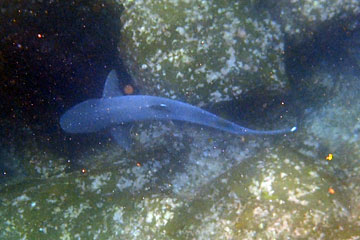
Snorkelling after lunch -the water wasn't particularly clear but we saw a few fish / reef sharks swimming about and the water was nice and warm.
.jpg)
Snorkelling was followed by either kayaking (Not us) or a Panga Ride
.jpg)
We got wet because it rained (not for long). The cliffs / volcanic layers were impressive.
.jpg)
The colours were spectacular in the sun.
.jpg)
Galapagos Dove
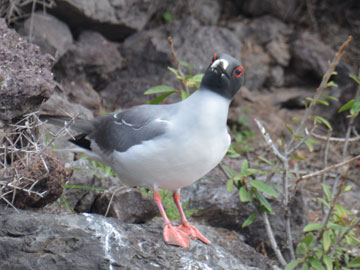
Swallow-tailed Gull
.jpg)
Brown Noddy Tern
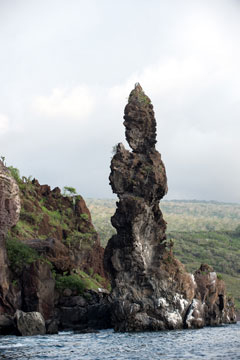
Praying Monk
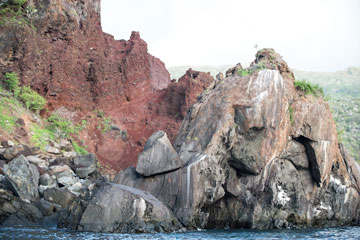
Elephant Rock
.jpg)
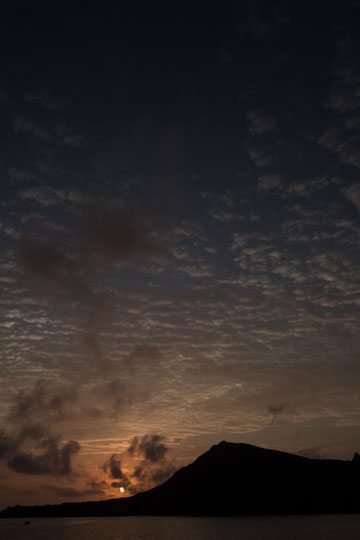
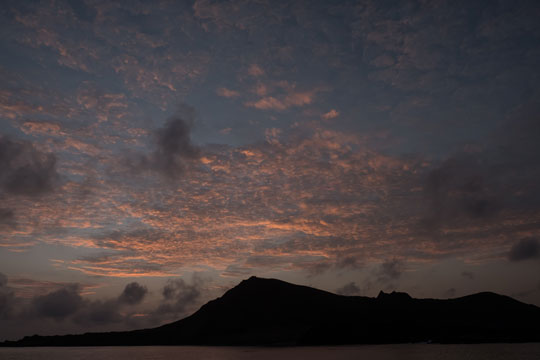
We were spoiled with a really pretty sunrise the next morning.
.jpg)
.jpg)
Back we went to Isla Santiago to admire the contrast between the lava flow and the volcanic ash cones. Robert encouraged us to just sit for a few minutes and soak in the atmosphere - it was really peaceful.
.jpg)
Robert explaining what we were looking at
.jpg)
Robert playing dead
.jpg)
Pretty Lava Patterns



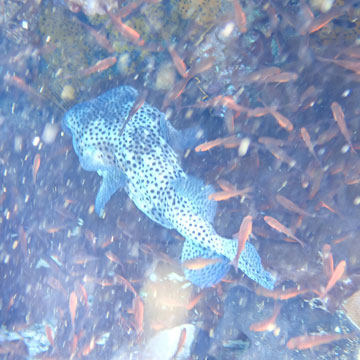
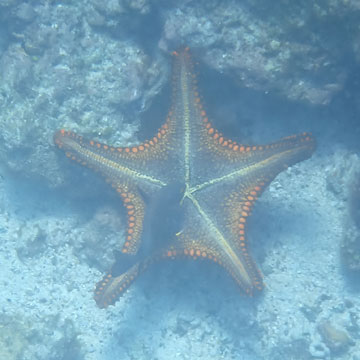
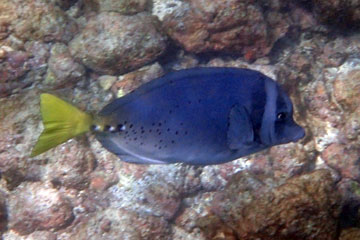
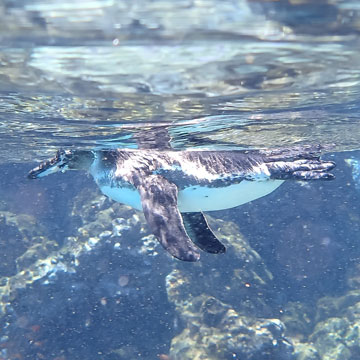
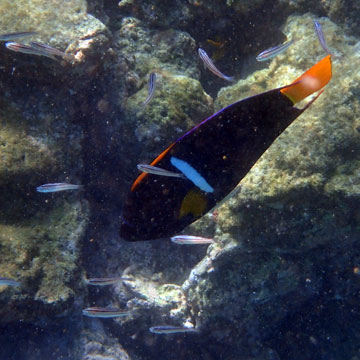
.jpg)

I was delighted to get a photo of this lovely Ray as it floated past me.

.jpg)
This juvenile Frigate Bird had just been fed by Mum then decided to put on a show for us
.jpg)
We weren't sure whether he was simply trying to cool down or if this display had another meaning
.jpg)
Male Frigate Birds puff up their red chest like a balloon and flap their wings when looking for a mate. The more experienced ones also build a nest to attract a female.
.jpg)
.jpg)
.jpg)
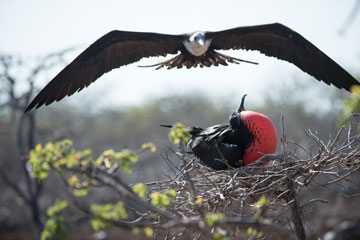
A female Frigate Bird checking out the males.
.jpg)
Blue-footed Boobies make a whilstling sound whilst raising one foot then the other to show how blue they are - again to attract the females.
Booby having a bath in the ocean
.jpg)
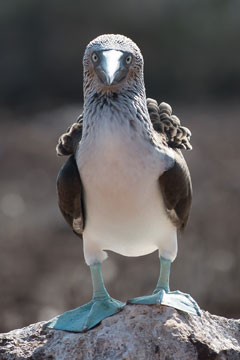
.jpg)
The island was really hot but there was plenty of interesting scenery. As we went back to the pangas, we also saw both Marine and Land Iguanas and Sea Lions, including a Sea Lion nursery which was lovely to see.
.jpg)
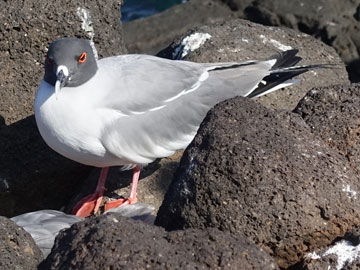
We got a lot closer to Swallow-tailed Gulls on the island than we had whilst on the panga
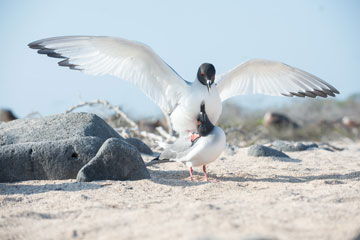
Swallow-tailed Gulls mating - not sure they appreciated having an audience

One final treat - a very early morning trip to Mosquera beach to watch the sunrise (and the Sea Lions of course).
Then back on board to go to the airport for Quito, only to be given bad news that we were being sent home the following day because of the corona virus.
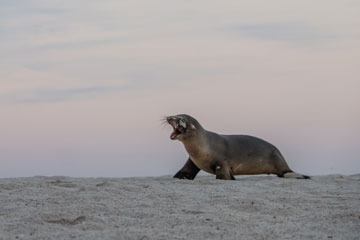
.jpg)
This Spotted Eagle Ray floated by in front of us
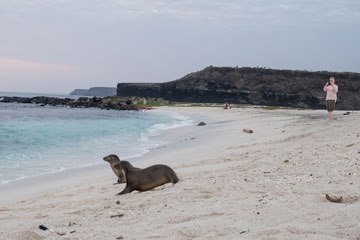

.jpg)

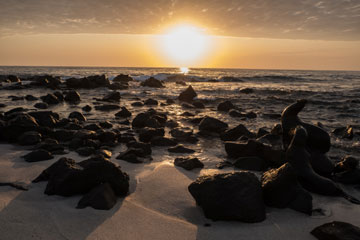
.jpg)